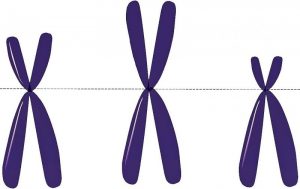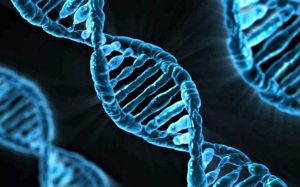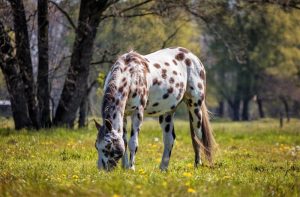Codominance
In genetics, dominance belongs to the property that has one gene (or allele) in relation to other genes or alleles. A gene or allele shows dominance when it suppresses the expression, or dominates the effects, of the recessive or allele gene. There are different forms of dominance, such as complete dominance, incomplete dominance and codominance. Codominance is a form of dominance in which the alleles of a pair of genes in a heterozygote are fully expressed. This results in descendants with a phenotype that is neither dominant nor recessive. It is a non-Mendelian hereditary model in which the recessive gene does not exist, but instead both genes behave as dominant. Codominance is represented by a capital letter.
What is understood by codominance and incomplete dominance?
To understand the term and the difference it is important to first refer to where the term came from. Mendel’s laws of inheritance arose from research into crosses between plants conducted by Gregor Mendel, an Austrian Augustinian monk, in the 19th century. Between 1856 and 1863, Gregor Mendel cultivated and tested about 28,000 pea plants. His experiments led him to conceive two generalizations that would later become known as Mendel’s Laws of Inheritance or Mendelian Inheritance. The conclusions are described in his article entitled “Experiments on Plant Hybridization” which was read to the Natural History Society on February 8 and March 8, 1865 and then published in 1866 and from here arises the term codominance.
Codominance is different from incomplete dominance, so the former has both alleles that manifest the phenotypes while the latter produces an intermediate phenotype. The codominance of the genes of heterozygous organisms is equivalent to that of their peers. Heterozygotic organisms have two alleles of one gene in common in relation to the character. Codominance is also said to be a state where genes can give rise to a phenotype of equal characteristics.
In the case of incomplete dominance, the alleles are expressed, but in a genotype they have intermediate characteristics. In this type of dominance, heterozygotic have two alleles that can be expressed but cannot be joined. Codominance is the process by which a species can manifest two dominant characteristics in its phenotype while incomplete dominance is the genetic interaction in which homozygotes are phenotypically different from heterozygotes. The crosses that have an incomplete dominance are those in which there is no dominant trait, nor recessive.
Difference between intermediate inheritance and codominance
Hybrids manifest the corresponding phenotype to only one of the alleles they possess. When a character, for example, such as the color of peas, behaves in this way it is said to follow a dominant inheritance pattern. But there are other characters that are not inherited in the same way. For example, the color of the petals of the flowers of some plants: the hybrids of the crossing of two pure races of white flowers (rr) and red flowers (RR) have a genotype Rr and an intermediate phenotype between those of their progenitors, i.e. pink.
This mode of inheritance is called intermediate and the two alleles are said to be equi-potent. Intermediate inheritance provides us with a phenotype in between, between one end and the other, for example, applied to human beings. In this aspect, it is also important to remember that heredity needs genes and that these are found along the chromosomes, so they tend to be inherited at the same time those found in it.
Examples of codominance
A typical example showing codominance is the blood group system ABO. For example, a person who has one allele A and one allele B will have a blood type AB because both alleles A and B are co-dominant with each other. An example of an allele or gene is a flower color. A flower may have alleles that make it red or pink, and so on. The alleles that always appear when they are present are known as dominant alleles.
The alleles that are hidden by the dominant alleles are known as recessive alleles. In some situations, both alleles are expressed equally. A genetic scenario where neither allele is dominant or recessive and both are expressed is known as codominance. Another fairly simple example is when a brown cow is crossed with a white bull, and descendants or calves are obtained with brown and white spots.
How to cite this article?
Briceño V., Gabriela. (2019). Codominance. Recovered on 3 January, 2025, de Euston96: https://www.euston96.com/en/codominance/










